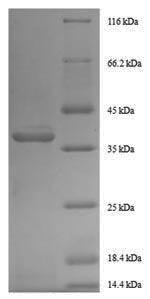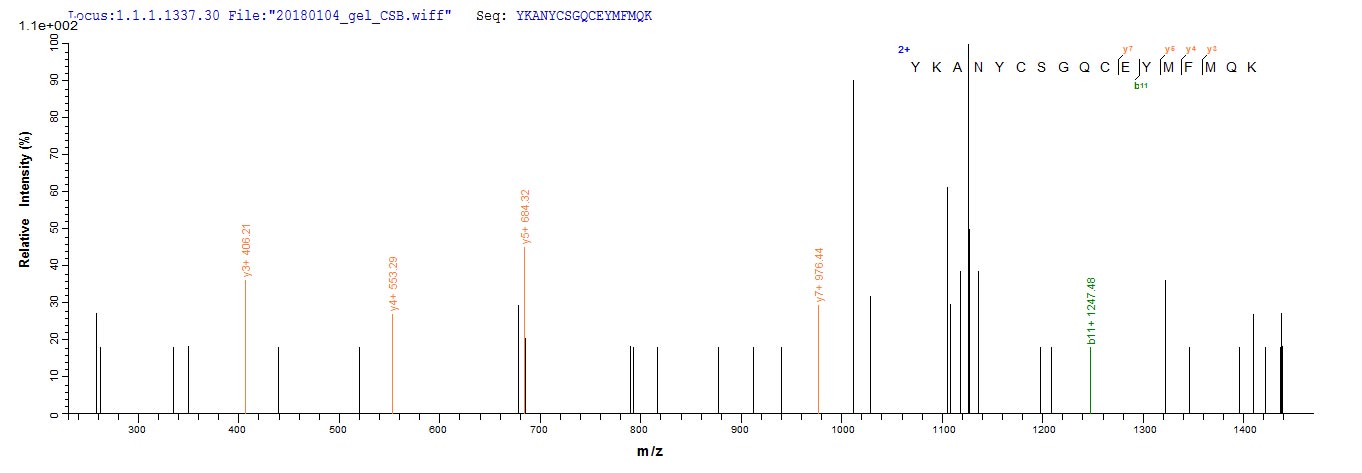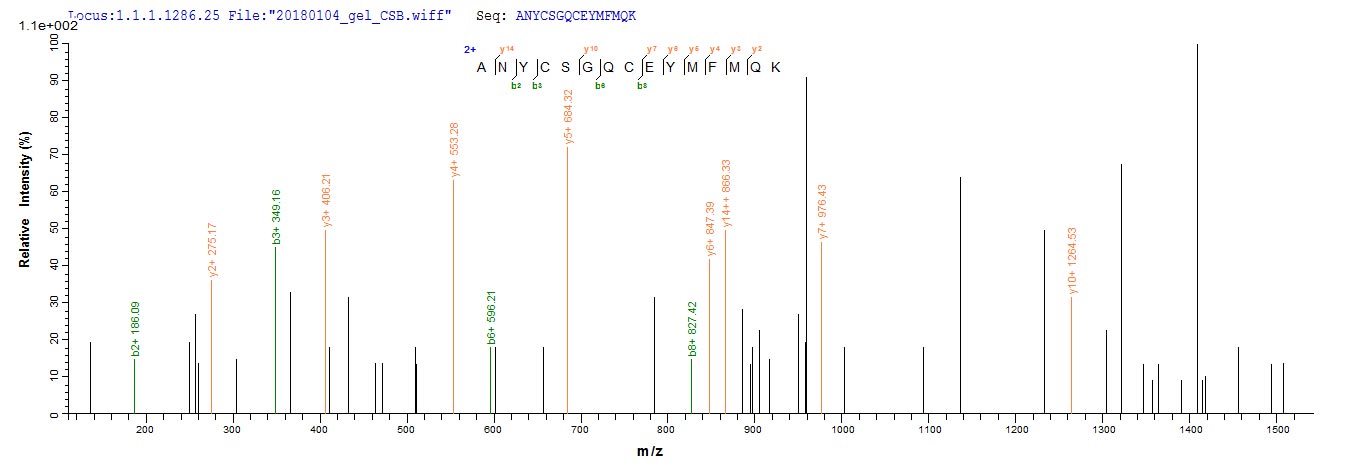Discover the remarkable quality of our Recombinant Human GDF11, meticulously designed for optimal performance in neuroscience research. This product features the full length of mature Growth/differentiation factor 11 (GDF-11), a critical protein involved in the regulation of cellular growth and differentiation, particularly in the nervous system.
Produced in E.coli, the Recombinant Human GDF11 covers an expression region of 299-407 amino acids and is equipped with an N-terminal 6xHis-SUMO tag to ensure efficient purification and detection. With a purity greater than 90% as determined by SDS-PAGE, our product is available in both liquid and lyophilized powder formats, catering to diverse research requirements. Choose the precision-crafted Recombinant Human GDF11 to elevate your neuroscience research with confidence and consistency.








